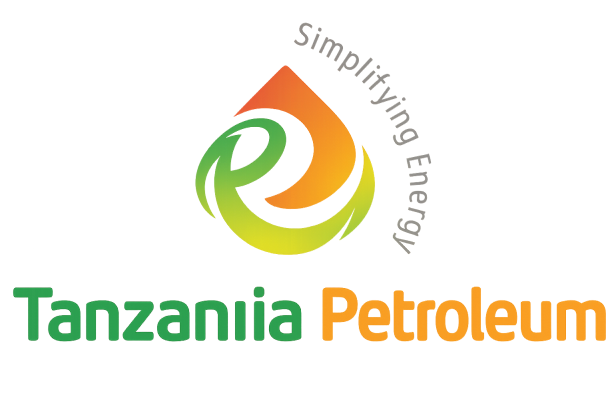Starting a petrol station in Tanzania is an exciting opportunity — but many investors ask the wrong question: “How much does it cost?”
The truth is, the real question isn’t a single number. It’s about understanding the factors that drive costs and learning how to optimize them. Focusing only on land or fuel margins can lead to unexpected expenses and delayed break-even.
In this article, we break down the five critical cost drivers every investor should know.
- Site Development & Infrastructure
Land is just the beginning. The infrastructure required to run a successful petrol station includes:
- Roads and access points for vehicles
- Fuel storage tanks and pumps
- Forecourt layout and traffic flow planning
- Lighting and safety systems
Why it matters: Poor planning in site development can inflate capital costs and delay operations, directly impacting early profitability.
Pro Tip: Conduct a detailed site assessment before purchase to identify hidden development costs.
- Regulatory Compliance Costs
Navigating Tanzania’s regulatory environment is essential. Key considerations include:
- Licensing requirements for fuel retail
- Environmental approvals and impact assessments
- Safety inspections and local authority permits
Why it matters: Delays or non-compliance can lead to fines, lost revenue, and operational setbacks.
Pro Tip: Factor compliance timelines and costs into your investment model to avoid surprises.
- Equipment & Technology
Operational efficiency depends on reliable technology and equipment:
- Fuel dispensers and metering systems
- Point-of-sale (POS) and inventory management systems
- Monitoring and reporting tools for regulatory compliance
Why it matters: Investing in quality equipment reduces downtime, increases customer trust, and safeguards margins.
Pro Tip: Choose scalable technology to accommodate future growth or added services.
- Working Capital
Before selling a single liter of fuel, working capital needs include:
- Initial fuel inventory purchases
- Staff salaries and training
- Day-to-day operational expenses
Why it matters: Insufficient working capital can stall operations, create cash flow problems, and limit the ability to respond to market changes.
Pro Tip: Plan for at least 3–6 months of working capital to cover operating expenses and unexpected costs.
- Ancillary Services Investment
Fuel alone rarely drives long-term profitability. Ancillary services that improve margins include:
- Mini restaurants and shops
- Lubricants and vehicle accessories
- Car wash and maintenance services
- Partnerships with logistics or service providers
Why it matters: Diversified revenue streams reduce dependency on fuel margins and help accelerate the break-even point.
Pro Tip: Analyze local demand patterns to design the optimal mix of services for each station.
Key Insight
The total cost of a petrol station is not just CAPEX — it includes infrastructure, regulatory compliance, equipment, working capital, and ancillary investments. Investors who plan holistically can avoid cash gaps, operational delays, and unprofitable decisions.
How Tanzania Petroleum Helps?
At Tanzania Petroleum, we provide decision-grade market intelligence to help investors:
Understand full cost drivers and operational risks
Quantify profitability and revenue potential
Design pilot plans that validate assumptions before major investment
Markets are complex, and assumptions are risky. With the right intelligence, investors can move from uncertainty to confident decisions — fast.
.






